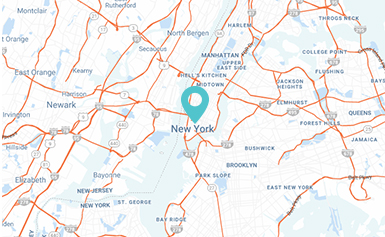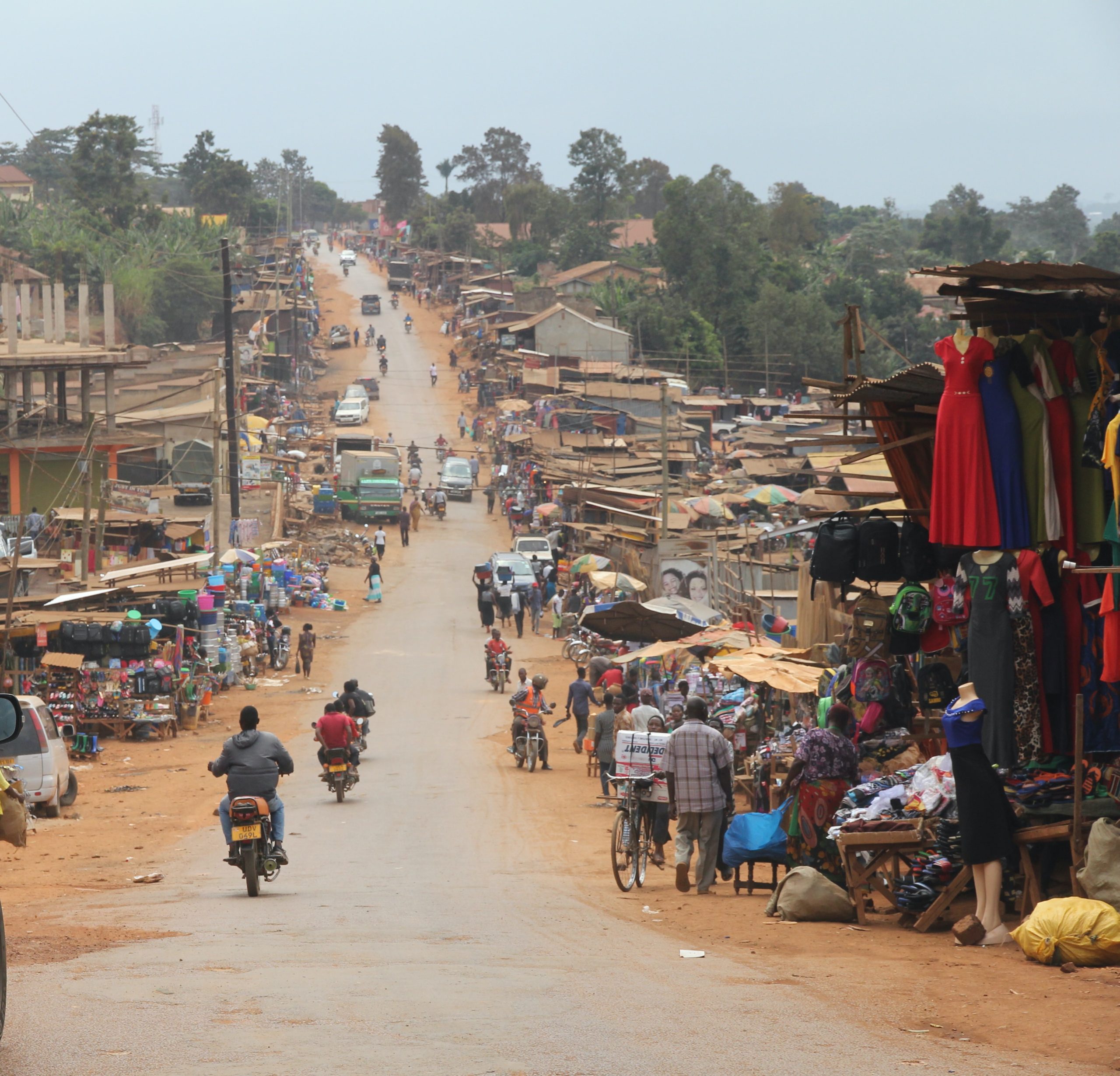Immerse Yourself in Local Khmer Village Life
Nestled in the heart of Southeast Asia, Cambodia offers travelers a unique opportunity to step back in time and experience the charm of local village life. While the temples of Angkor Wat and the bustling streets of Phnom Penh may be the more well-known tourist destinations, there is something truly special about venturing into the quiet, picturesque villages of the Khmer people. In this travel blog, Green Sun Travel will take you on a journey to explore the hidden gems of local Khmer village life, where traditions are preserved, and a warm welcome awaits.
About Local Khmer village life
Local Khmer village life offers a captivating and authentic look into the daily rhythms and traditions of the Khmer people, the dominant ethnic group in Cambodia. This way of life is a stark contrast to the bustling urban centers of Cambodia, and it embodies a simpler, more traditional way of existence. Here are some key aspects of local Khmer village life:
- Community-Centered Living: Village life in Cambodia is deeply rooted in community values. Khmer villages are often small, tight-knit communities where everyone knows their neighbors. There’s a strong sense of communal responsibility and support. Villagers work together in various aspects of their lives, from farming to celebrating festivals.
- Agricultural Traditions: Agriculture is the backbone of Khmer village life. Rice is the staple crop, and rice paddies stretch as far as the eye can see in the countryside. Villagers engage in traditional farming methods, with families often tending to their own rice fields and other crops like vegetables and fruits.
- Traditional Housing: Traditional Khmer houses are typically built on stilts, which provide shelter from flooding during the wet season. These houses are often constructed using local materials like wood and bamboo. The architecture reflects the harmony between humans and nature.
- Spiritual Practices: Buddhism is deeply ingrained in Khmer culture, and village life reflects this spirituality. Local temples serve as centers of religious and social activities. Villagers regularly visit the temple for ceremonies and meditation. Monks play a significant role in the community, offering spiritual guidance and blessings.
- Handicrafts and Art: Khmer villagers are known for their artistic and craft traditions. They create intricate sculptures, textiles, and pottery, often reflecting their cultural heritage. These items are not only used within the community but are also sold as souvenirs to tourists.
- Local Markets: Markets are a vibrant part of village life. Villagers gather at these markets to buy and sell their produce, including fresh fruits, vegetables, fish, and other essentials. The markets also serve as social hubs where people come together to catch up with friends and neighbors.
- Traditional Dress: Many villagers, particularly in rural areas, continue to wear traditional Khmer clothing. Women often wear the “sampot,” a type of sarong, and men wear a simple shirt and pants. Traditional attire is worn not just on special occasions but as everyday clothing.
- Festivals and Celebrations: Khmer village life is punctuated by a calendar full of traditional festivals and celebrations. These events are marked by vibrant ceremonies, traditional dances, and offerings to the spirits. The Khmer New Year, Water Festival, and Pchum Ben (Ancestors’ Day) are some of the most significant celebrations.
- Family Values: Family is at the core of Khmer society. Multi-generational living arrangements are common, and strong family ties are cherished. Elders are respected, and family gatherings are frequent.
- Warm Hospitality: Khmer villagers are known for their hospitality. Visitors are often welcomed with open arms and treated to local dishes, cultural performances, and a sense of genuine friendliness.
Visiting a local Khmer village provides a unique opportunity to immerse yourself in a culture that places a high value on tradition, community, and spiritual connection. It’s a chance to step away from the fast-paced world and gain a deeper appreciation for the simple, yet rich, way of life in Cambodia.

Local Khmer village life discovery
Day 1: Arriving in the Village
As we embarked on ourLocal Khmer village life journey from the bustling capital city, the landscape transformed around us. The hustle and bustle of city life gave way to the serene, green countryside of Cambodia. Our chosen Khmer village lay nestled amid the lush surroundings, a hidden gem waiting to be discovered.
The moment we stepped out of our vehicle, we were enveloped by the welcoming spirit of the villagers. Their smiling faces and friendly waves instantly made us feel at home. The simple, yet heartfelt greetings set the tone for our entire stay.
We settled into our homestay, a traditional wooden stilt house that perfectly encapsulated the essence of Khmer village life. The elevated structure not only provided shelter from the occasional floods but also offered an unobstructed view of the stunning countryside. The homestay was equipped with all the essentials, ensuring our comfort during our time in the village.
Day 2: Morning Market Adventures
The first rays of sunlight marked the beginning of our Local Khmer village life journey into the heart of Khmer village life. The local market beckoned us with its vibrant and colorful offerings. It was a place of animated activity, where villagers congregated to exchange not just goods but stories and smiles.
We meandered through the market stalls, encountering villagers enthusiastically bartering for fresh produce and aromatic spices. The air was thick with the scents of herbs and spices, creating an intoxicating aroma that we would come to associate with Khmer cuisine. It was impossible to resist the temptation of trying the delectable street food on display, from fresh spring rolls to rice cakes. These flavors provided an introduction to the culinary delights we’d savor throughout our stay.
Day 3: A Day in the Rice Fields
The heartbeat of Khmer village life is the rice field, where much of the daily toil takes place. It was essential for us to immerse ourselves in this crucial aspect of the community. Joined by local farmers, we ventured into the rice fields to learn the labor-intensive process of planting and harvesting rice. Under the warm sun, our hands dug into the earth, and our feet waded through the muddy waters.
The sense of community was palpable as we toiled alongside the villagers. It was not just about the work; it was about the shared effort, the laughter, and the camaraderie. We gained a profound appreciation for the dedication and resilience of these hardworking people who provide the staple crop for Cambodia.
Day 4: Temple Exploration

A visit to Cambodia wouldn’t be complete without exploring the ancient temples that dot the landscape. In our village, we discovered a hidden gem, a serene Buddhist temple adorned with intricate carvings and colorful frescoes. The temple, though modest in size, held an aura of tranquility that was truly captivating.
We were fortunate to witness a traditional blessing ceremony, conducted by the resident monks. The rhythmic chants and fragrant incense filled the air as villagers gathered to seek blessings and express their gratitude. This experience left an indelible mark on our hearts, deepening our understanding of the spiritual dimension of Khmer village life.
Day 5: Traditional Cooking Class
Our culinary adventure continued as we delved into the flavors of Khmer cuisine. Guided by a skilled local chef, we embarked on a traditional Khmer cooking class. The dishes we prepared were not just about the ingredients but also about the stories and traditions that accompanied them.
We chopped, stirred, and savored as we prepared classic dishes like Amok, a fragrant fish curry, and Khmer red curry. The village women shared their time-honored recipes, passed down through generations. Each dish was a work of art, a harmonious blend of flavors and textures that spoke volumes about Khmer culture. It was a truly authentic and delicious experience that left our taste buds yearning for more.
Day 6: Cultural Exchange
To foster deeper cultural understanding and forge connections, we participated in a traditional dance and music workshop. The villagers generously shared their heritage with us, teaching us the graceful Apsara dance and introducing us to Khmer musical instruments.
Under the golden light of the setting sun, we found ourselves dancing to the melodious tunes, guided by the patient villagers. It was a moment of laughter and shared joy, bridging the gap between our worlds. Through these cultural exchanges, we discovered the power of art and music to transcend language and express the depth of human emotion.
Day 7: Farewell and Reflection
As our time in the Khmer village drew to a close, it was a bittersweet farewell. We had formed meaningful connections with the villagers, and the bond we had created made leaving a poignant experience. We said our goodbyes, promising to return one day and grateful for the friends we had made.
Our hearts were full of gratitude for the genuine hospitality we had received and the enriching experiences that had deepened our understanding of Khmer culture. We left the village with a profound appreciation for the simplicity, community, and traditions that define Khmer village life, knowing that these memories would stay with us forever.
Conclusion
Visiting a Khmer village offers a genuine glimpse into the heart and soul of Cambodia. It’s a reminder that the most profound and meaningful travel experiences often occur in the most unexpected places. By immersing ourselves in local Khmer village life, we not only explored the traditions and beauty of this culture but also discovered the warmth and kindness of the Khmer people, leaving us with memories that will last a lifetime. If you’re seeking an authentic travel experience, make sure to add a local Khmer village to your itinerary.







